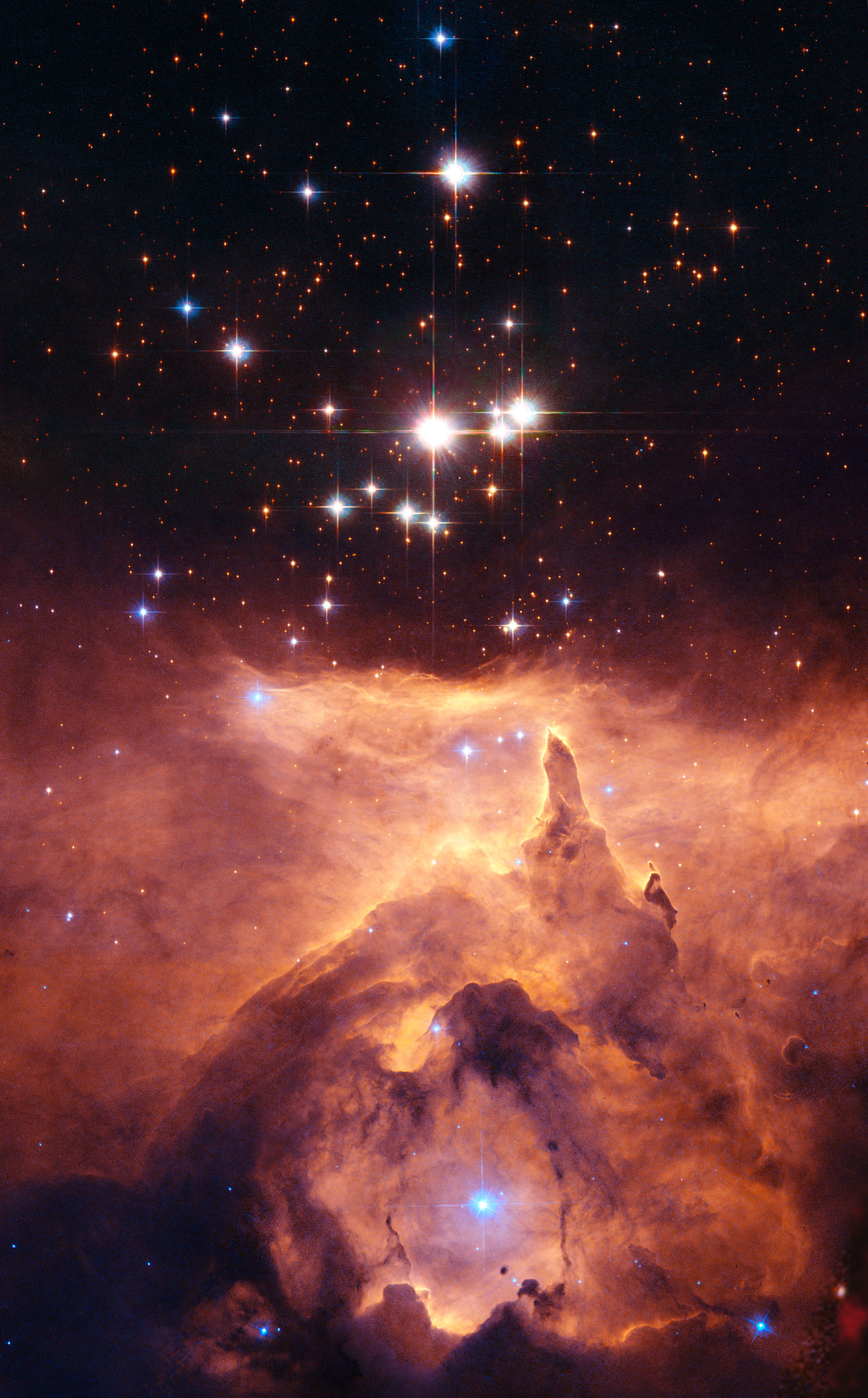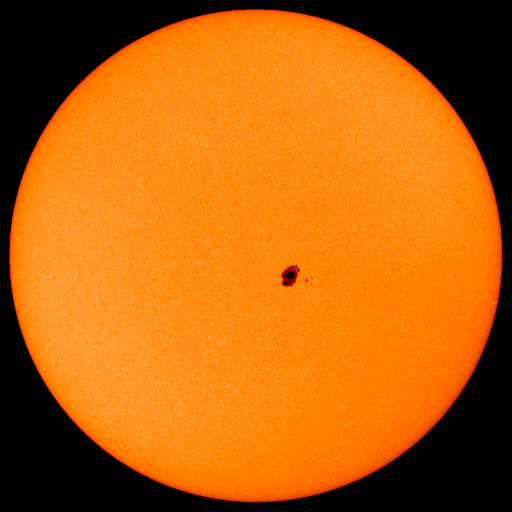
APOD: Massive Stars in Open Cluster Pismis 24
Yah an APOD entry (late I know). This one is for December 19 -my Birthday!
In Open Cluster Pismis 24 there is a star that is at over 200 times the mass of our sun. It is the brightest object located above the gas cloud in the picture. This star gets its brightness from three other stars all over 100 solar masses, making them some of the more massive stars on record. The gas cloud is actually an emission nebula NGC 6357 and you can see some stars forming in the nebula.
The Nebula is lcated in the constellation Scorpius



